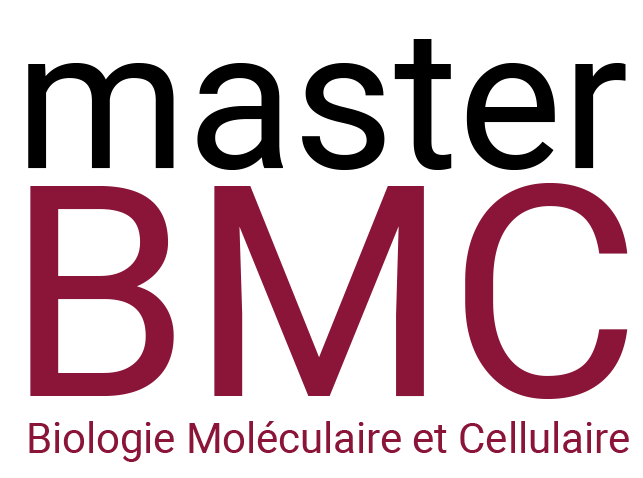Training alveolar macrophages with silver nanoparticles-based influenza vacccine
Responsable du Stage : Ignacio GARCIA-VERDUGO
Tél : 0157277802 Fax : E-mail: ignacio.garcia-verdugo@inserm.fr
INSERM U1152
Résumé du Projet de Stage
Backgroud and Aims
Vaccination is the major prophilactic therapy against respiratory infectious diseases. Although vaccines are primarily intended to develop adaptive immunity against a specific infectious agent, several epidemiological and experimental studies indicate that a specific vaccine could also confer heterologous protection against non-related infections, as it has been shown for BCG vaccine (Goodridge et al. 2016). We have recently developed a new silver nanoparticle-adjuvanted flu vaccine that when administered by the respiratory route protects against influenza virus infection (Sanchez-Guzman et al 2019).
In this project we will explore if our flu mucosal vaccine protects against bacterial respiratory infections. We will use Pseudomonas aeruginosa, a gram negative opportunistic bacteria that causes lung infections in cystic fibrosis and hospitalized patients, as a model of experimental induced pneumonia.
Strategies
Because alveolar macrophages are both, a target for nanoparticle-adjuvanted vaccines and a major cell type in charge of the clearance of P.aeruginosa from the lungs, we will focus our project in the study of the phenotypical and functional changes of alveolar macrophages following mucosal flu vaccination.
Vaccinated mice or vaccine-treated macrophages will be challenged with P.aeruginosa and then bacterial clearance and induced immune responses will be analyzed in the bronchoalveolar lavages of infected mice or in cell supernatants. We will explore, i) the recruitment of immune cells (neutrophils, monocytes, lymphocytes) in mouse models (flow cytometry), ii) the levels of inflammatory mediators (TNFa, IL-1b, IL-6, IL-12, CXCL1, CXCL5) (RT-qPCR, MultiPlex assays) and iii) the expression of activation markers (MHC, CD80, CD86, CD11b, CD44) and phagocytic receptors (FcR, CR, Mannose Receptor, TLR-5) (flow cytometry) in both, in mouse models and in macrophages in culture.
References
Goodridge et al.(2016) Harnessing the beneficial heterologous effects of vaccination. Nat Rev Immunol.16:392–400.
Sanchez-Guzman et al.(2019). Silver nanoparticle-adjuvanted vaccine protects against lethal influenza infection through inducing BALT and IgA-mediated mucosal immunity. Biomaterials. 217:119308.
Dernières Publications en lien avec le projet :
Villeret et al. (2020) Influenza A Virus Pre-Infection Exacerbates Pseudomonas aeruginosa-Mediated Lung Damage Through Increased MMP-9 Expression, Decreased Elafin Production and Tissue Resilience. Front Immunol. 13;11:117. Sanchez-Guzman et al. (2019) Silver nanoparticle-adjuvanted vaccine protects against lethal influenza infection through inducing BALT and IgA-mediated mucosal immunity. Biomaterials.217:119308.
Villeret et al. (2018) Silver Nanoparticles Impair Retinoic Acid-Inducible Gene I-Mediated Mitochondrial Antiviral Immunity by Blocking the Autophagic Flux in Lung Epithelial Cells. ACS Nano. 12:1188-1202.
Saint-Criq V, et al. (2018). Pseudomonas aeruginosa LasB protease impairs innate immunity in mice and humans by targeting a lung epithelial cystic fibrosis transmembrane regulator-IL-6-antimicrobial-repair pathway. Thorax. 73:49-61.
FicheaccueilM2-BMC-2021-2022_Y-Cantaut-Belarif
Equipe d’Accueil : Immunité innée et défenses pulmonaires anti-infectieuses
Intitulé de l’Unité : INSERM U1152 Physiopathologie et épidémiologie des maladies respiratoires
Nom du Responsable de l’Unité : Marina PRETOLANI
Nom du Responsable de l’Équipe : Jean-Michel SALLENAVE
Faculté de Médecine, site Bichat, 16, rue Henri Huchard, 75018 Paris, France

